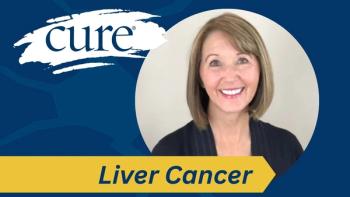
Setting the Stage for CAR-T Cell Therapy in Chronic Lymphocytic Leukemia
While CAR-T cell therapy has potential in treating CLL, T-cell fatigue and toxicity still raise many concerns.
CAR-T cell therapy has the potential to treat patients with chronic lymphocytic leukemia (CLL), though the toxicity profile would have to be better managed first, explained Susan O’Brien, M.D.
“Well I think CAR-T cell therapy has activity. We know that. But it hasn’t looked as good as it does in lymphoma or acute lymphoblastic leukemia,” she said during an interview with OncLive, a sister publication of CURE, while discussing some of the latest updates in CLL.
O’Brien mentioned that one of the reasons why CAR-T cell therapy has not been as successful in CLL as it has in other malignancies is because of how the treatment works: patients’ own T cells are engineered in a laboratory to attack cancer cells. However, patients with CLL tend to have exhausted T cells, which is often associated with the deterioration of their T-cell function.
“On the other hand, we do think that some of the T-cell exhaustion is also from the effects of chemotherapy,” O’Brien said. “So, as we move away from so much chemotherapy and to the small molecules, it could be possible that some of the T-cell function will be better.”
In the past year, the Food and Drug Administration (FDA) has approved multiple non-chemotherapy treatment options in this space, including the combination use of
More advancements are also anticipated, as the
“We’ve had three oral agents approved in the last four years, which is very exciting. All of them are non-chemotherapy options,” O’Brien said.
However, another barrier that exists in CAR-T cell therapy’s use in CLL is its harsh side effect profile. In fact, O’Brien mentioned that when a physician is considering patients for CAR-T cell therapy, to keep in mind that about a quarter of them end up in the intensive-care unit (ICU) of the hospital.
“Again, that level of toxicity may be offset by some great efficacy, but when we have many other drugs that can be used before CAR-T, I think it is still remaining a third or fourth option in CLL,” she said.
When it comes to patients whose disease is classified as high-risk — such as some patients who have a 17p deletion – CAR-T cell therapy may be a more viable option, O’Brien said.
“We don’t want to give those people chemo, and we might consider something earlier like CAR-T (cell therapy) because we know that these people [tend to] have shorter survival,” she said.
Overall, while the use of CAR-T cell therapy is still not perfect, there is much room for investigation and growth, potentially making it a treatment option for the CLL landscape.
“It’s certainly possible that further ongoing research with CAR-T (cell therapy will) find ways to reduce the toxicity profile in terms of cytokine release and neurotoxicity, (and) then we may see it move up in terms of sequencing,” O’Brien said.




